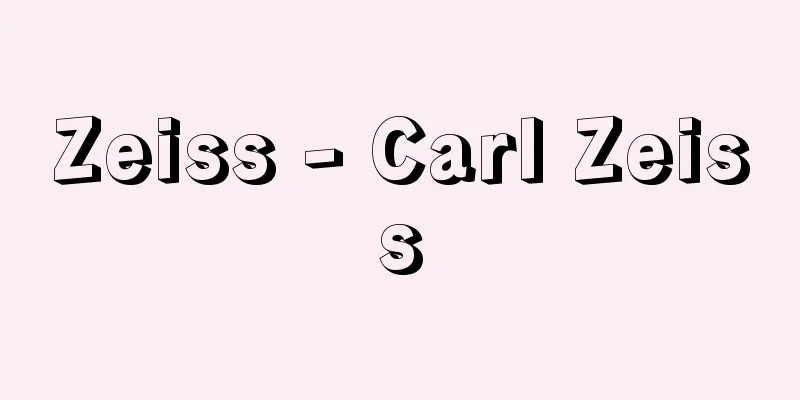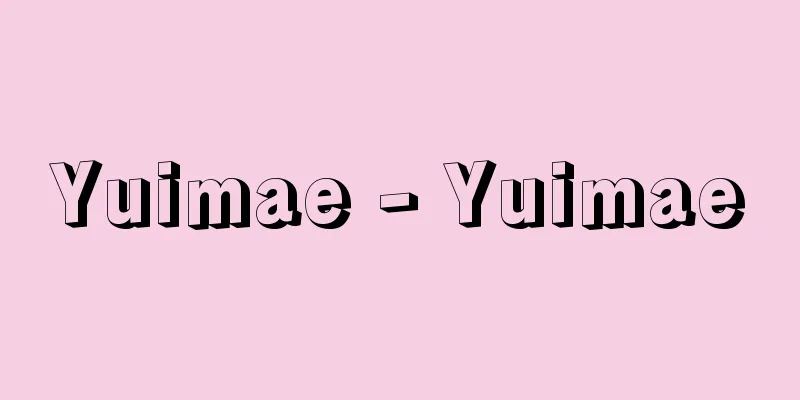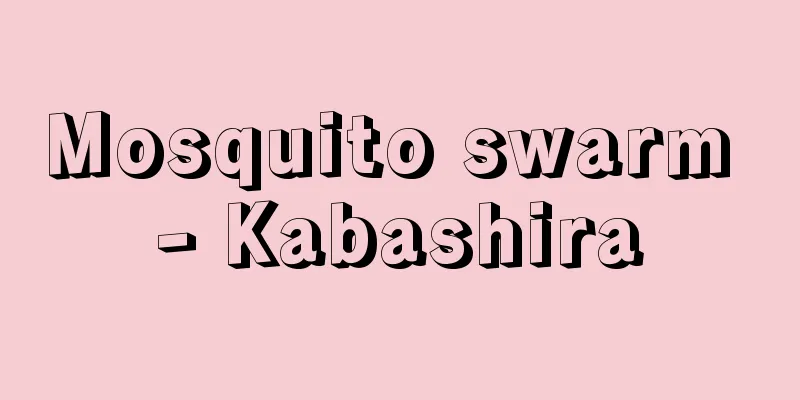Zeiss - Carl Zeiss

|
German optical instrument manufacturer. Born in Weimar. Initially, he aspired to become a doctor, but later switched to manufacturing optical instruments, and in 1846 he established a microscope factory in Jena. Believing that research into optical theory was necessary to produce good microscopes, he sought the cooperation of Abbe, who was a professor of mathematics and physics at the University of Jena. He later welcomed Abbe into his business as a partner, and also sought the cooperation of chemist Schott, who had developed and researched a wide range of optical glass. After Abbe's death in 1889, the comprehensive optical instrument company Carl Zeiss was established. Carl Zeiss was taken over by Abbe, and then transferred to the management of the Carl Zeiss Foundation, where it continued to manufacture excellent optical instruments. With the end of World War II in 1945, Jena became part of East Germany, but the management and about 100 engineers escaped from Jena to West Germany with the help of the US military, and the Carl Zeiss Foundation built new offices and factories in Heidenheim, Carl Zeiss in Oberkochen, and Schott Glass in Mainz, where they continued to manufacture optical instruments. East Germany's Carl Zeiss and Schott Glass continued production in Jena, but with the reunification of East and West Germany in 1990, East and West Carl Zeiss and their affiliated companies were unified under the Carl Zeiss Foundation. After that, East and West Zeiss, Schott and other affiliated companies were reorganized together and produce a wide range of products, from optical instruments to electronics, semiconductors, and industrial machinery. [Junpei Tsujiuchi] [References] | | |Source: Shogakukan Encyclopedia Nipponica About Encyclopedia Nipponica Information | Legend |
|
ドイツの光学器械製造家。ワイマールに生まれる。初め医学を志したが、のちに光学器械の製造に転じ、1846年イエナに顕微鏡工場を設立した。よい顕微鏡の製作には光学理論の研究が必要であると考え、イエナ大学の数学、物理学教授であったアッベの協力を求めた。のちにアッベを共同経営者として迎え、また多くの光学ガラスの開発、研究を行っていた化学者ショットにも協力を求め、没後1889年に総合的な光学器械会社カール・ツァイス社が完成した。カール・ツァイス社はアッベによって引き継がれ、さらにカール・ツァイス財団の管理下に移され、優れた光学器械の製造を続けた。1945年第二次世界大戦の終結に伴い、イエナが東ドイツに含まれるようになったが、経営陣と約100人の技術者がアメリカ軍の援助のもとにイエナから西ドイツ領内に脱出し、カール・ツァイス財団はハイデンハイムに、カール・ツァイス社はオーバーコッヘンに、ショットガラス会社はマインツにそれぞれ新しい社屋、工場を建設し、光学器械の製造を続けた。東ドイツのカール・ツァイス社、ショットガラス会社はイエナで生産を続けていたが、1990年東西ドイツの統一に伴い、東西カール・ツァイス社およびそれらの関連会社もカール・ツァイス財団のもとに統一されることになった。その後、東西両ツァイス、ショットその他の関連会社は一体となって再編成を行い、光学機械から電子機械、半導体、工業用機械まで幅広く生産を行っている。 [辻内順平] [参照項目] | | |出典 小学館 日本大百科全書(ニッポニカ)日本大百科全書(ニッポニカ)について 情報 | 凡例 |
Recommend
Solicitation of sexual intercourse - inkoukanyuzai
It is a crime to solicit a woman who is not habitu...
Rhaphiolepis indica (English spelling) Rhaphiolepis indica
…[Yamanaka Futoshi]. … *Some of the terminology t...
Summa passionis (English spelling) Summa passionis
…This is probably because Matthew's account i...
Trigonia
Representative genus of the Trigonia family of th...
Agumasheneberi - Agumasheneberi
...promoted the independence and centralization o...
Hittite script - Hittite tomoji
Cuneiform characters found on Hittite clay tablets...
River regime coefficient - Kajokeisuu
…rainwater that falls on the ground as rain or sn...
Nakajima Soin
Year of death: 28th June 1855 (10th August 1855) Y...
Hangai [Mountains] - Hangai
A mountain range that runs from northwest to south...
Iseriyia scale insect - Iseriyia scale insect
An insect belonging to the order Hemiptera and th...
Chiroxiphia
...Total length 10-18cm. All species are small bi...
Strip mill
… When electric motors came into use around 1900,...
Kibi no Kamitsumichi no Tasa - Kibi no Kamitsumichi no Tasa
A figure in the legend of a rebellion around the 5...
Anṭūn Sa'āda (English spelling)
1912‐49 Lebanese politician. Born the son of a Gre...
Hatanpo - Hatanpo (English spelling) sweepers
A general term for marine fishes belonging to the...









